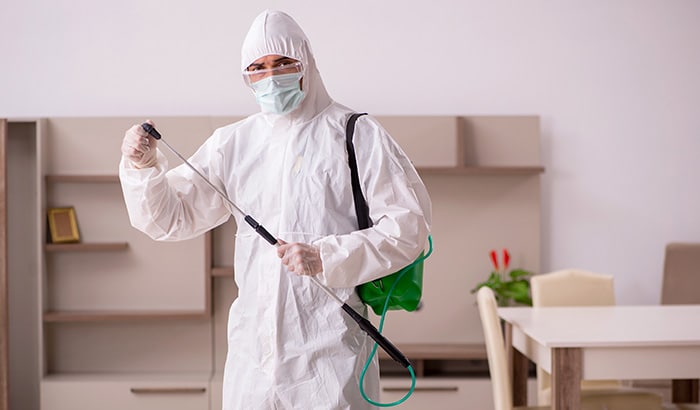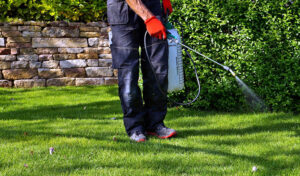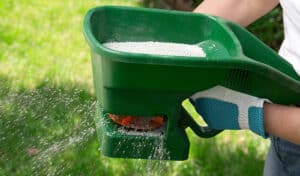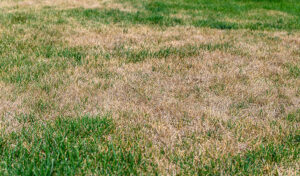Your home is your shelter and sanctuary, so what do you do when you face a pest infestation? There’s nothing to disturb your peace more than a mouse scurrying across your floor or a spider weaving its web in the corner.
From the sneaky ants that raid our pantries to the spiders lurking in corners, pests are more than a mere nuisance. Recognizing the signs of an infestation and knowing when to call professionals is vital.
In this blog, we delve deep into understanding pests in Utah, why prevention is crucial, and the proactive steps every homeowner should take to ensure their home remains a true sanctuary. Keep reading to learn everything you need to know!
Common Pests in Utah
First, let’s look at the most common pests you’ll face in Utah. They include ants, spiders, rodents, wasps, hornets, and more. Knowing what to look for will help keep pests out of your home.
Ants
Ants are among the most common pests encountered in Utah homes. These social insects live in colonies, and while one or two ants might seem insignificant, they usually indicate the presence of a much larger population nearby.
Different species, such as pavement ants or carpenter ants, bring unique challenges. For instance, carpenter ants burrow into wood, potentially causing structural damage to homes.
Spiders
Utah is home to a variety of spiders, with the hobo and black widow being of particular concern. While spiders play a crucial role in the ecosystem by controlling insect populations, their presence indoors is unsettling, especially when they pose a venomous threat.
Rodents
Rodents like house mice and roof rats pose significant challenges to Utah residents. These pests are a nuisance and carry diseases, contaminate food, and cause structural damage by gnawing on wood and electrical wires. Their keen sense of smell draws them to even the smallest food sources.
Wasps and Hornets
The warmer months in Utah often bring about an increase in the activity of wasps and hornets. These stinging insects get aggressive, especially when they feel like their nests are threatened. Nests built close to homes or in high-traffic areas pose a risk, as unsuspecting individuals might disturb them.
Termites, Cockroaches, and Bed Bugs
Beyond the common culprits, Utah homes are also threatened by termites, cockroaches, and bed bugs. Termites silently devour wood, potentially compromising a home’s structural integrity. Cockroaches are notorious for spreading diseases and triggering allergies, while bed bugs turn restful nights into itchy nightmares.
Now that we know what the most common pests in Utah are let’s look at why preventing their entry into our homes matters as much as it does.
Why Prevention Matters
Protecting your home is important for your health, property, and peace of mind. Indeed, it’s about more than keeping these pesky creatures out because they’re a nuisance. Let’s take a closer look.
Health Concerns
Regardless of their size or species, pests pose significant health risks to humans. For instance, rodents carry numerous diseases, such as the Hantavirus and Salmonella, which can spread to humans through their droppings, urine, or saliva.
Cockroaches trigger asthma attacks and allergies, especially in children, as their droppings and shed skin contain allergens.
Spiders, especially venomous ones like the Black Widow, inflict painful bites that sometimes require medical attention.
Wasps and hornets, while beneficial for the ecosystem, pose a threat with their stings, especially to those who are allergic. Therefore, preventing pest infestations is crucial for our comfort and our health.
Property Damage
Beyond health concerns, many pests cause extensive damage to our homes, often leading to costly repairs. Termites are a prime example. These silent destroyers compromise the structural integrity of a house by feeding on wood.
With their incessant need to gnaw, rodents damage electrical wiring, plumbing, and insulation, leading to potential fire hazards and water damage.
Ants, especially carpenter ants, burrow into wooden structures, weakening them over time. The repercussions of these damages go beyond financial strain; they also make living environments unsafe.
Peace of Mind
Our homes are our sanctuaries, where we seek comfort, safety, and relaxation. The mere presence of pests disrupts this peace, leading to constant worry and discomfort. Wondering if bed bugs are in your mattress, ants in your pantry, or rats in your attic will lead to sleepless nights and endless anxiety.
Additionally, the constant vigilance and need for reactive measures, like setting traps or applying pesticides, is mentally draining. Preventing pest infestations is not merely about preserving health or property; it’s about maintaining a space where you feel genuinely at ease.
Proactive Measures for Pest Prevention
Did you know that pest control isn’t only about getting rid of unwanted guests who get in? It’s also about proactively preventing them from making an entrance in the first place. Let’s look at what proactive measures are good to take to keep pests out.
Regular Inspections
One of the primary steps in proactive pest prevention is conducting regular property inspections. This allows you to detect early signs of infestation, including droppings, nests, or structural damages. Professional pest control services often offer thorough inspection services, identifying hidden threats.
Sealing Entry Points
Pests often enter homes through small cracks, holes, and gaps. By thoroughly inspecting and sealing potential entryways, you’ll drastically reduce the risk of infestation.
Start by caulking gaps on windows and doors, filling cracks in the foundation or walls, installing door sweeps, and checking and repairing gaps around plumbing and electrical entries.
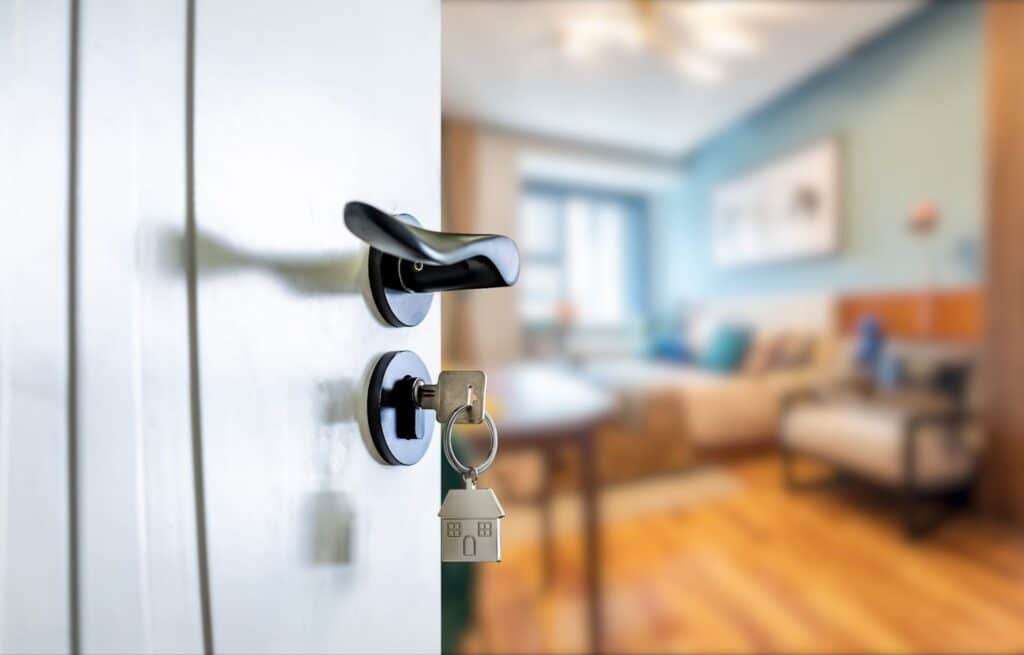
Landscaping Best Practices
Outdoor environments are a magnet for pests, but some simple steps will help deter them. Keeping shrubbery and trees trimmed and away from the house denies pests easy access points. So does using pest-resistant mulch, stones, or pebbles. Finally, regularly cleaning gutters and ensuring proper drainage prevents standing water.
Cleanliness and Sanitation
Many pests are drawn to food sources. By ensuring that your home remains clean, you significantly reduce the risk of infestations. Start by storing food in airtight containers and cleaning up food spills and crumbs immediately. Take out the trash regularly, ensure your bins are sealed, and avoid leaving dirty dishes out overnight.
Reducing Moisture
Pests like cockroaches, termites, and certain ants are attracted to moisture, so it’s important to fix leaky pipes and faucets, use dehumidifiers in damp areas, and ensure proper ventilation in humidity-prone areas.
Monitor and Secure Outer Structures
Your shed, garage, or other outdoor structures often serve as initial points of infestation. Because of this, it’s a good idea to regularly inspect and clean these areas and store items in sealed containers instead of cardboard boxes since these attract pests.
Consider Natural Repellents
There are lots of natural substances that deter pests without using any chemicals. Planting herbs like mint or basil will repel certain pests, while diatomaceous earth will ward off ants or cockroaches.
Collaborate With Neighbors
In many cases, especially with pests that easily move from one property to another (like rodents or mosquitoes), community efforts are more effective than individual ones. Organizing or participating in neighborhood clean-up days or pest control initiatives are often beneficial.
By taking these proactive measures, you significantly reduce the risk of pest infestations, ensuring a safer, more comfortable living environment. Remember, prevention is always easier (and often less costly) than dealing with a full-blown infestation.
How to Recognize Signs of Infestation
Understanding the signs of a pest infestation is crucial for timely intervention, potentially saving you from extensive damage and health risks. Let’s look at the physical, behavioral, and environmental signs that you’re dealing with a pest infestation.
Physical Signs
Physical signs include tangible evidence that pests leave behind, including:
- Droppings
- Nests or hives
- Tracks or trails
- Damages
- Dead bugs
- Shed skins and egg cases
Behavioral Signs
Be on the lookout if you hear or see anything unusual, if your pets are acting strangely, or if you smell anything out of the ordinary. These signs are based on changes in the behavior of pests or other organisms in the environment.
Environmental Indicators
These signs are changes in the environment, inside or outside the home, caused by pest activity.
- Plant damage
- Mounds or burrows
- Grease marks or trails
- Galleries or tunnels
- Disturbed soil
- Increased bird activity
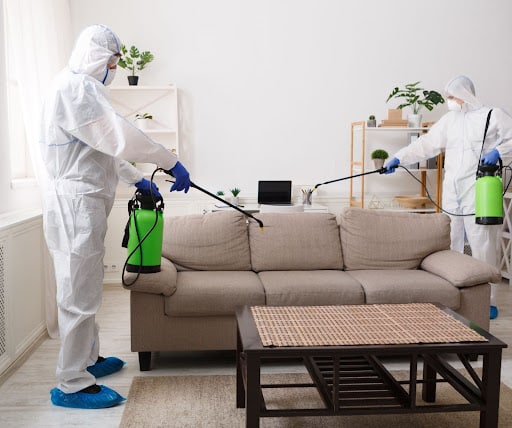
When to Call the Professionals
While you can handle minor pest issues with DIY solutions, there are certain situations where enlisting the help of professionals is crucial and recommended. Here’s how to determine when it’s time to call in the experts:
- Repeated infestations
- Large numbers
- Potential structural damage
- Health concerns
- Venomous pests
- Ineffective over-the-counter solutions
- Lack of knowledge
- Pest-related damage
- Peace of mind
- Preventative measures
Protect Your Home With Summit Lawn & Pest Control
Are you noticing signs that it’s time to call the professionals? Don’t let pests rob you of your peace of mind or the safety of your home. Whether you’re battling a current infestation or want to proactively shield your home, Summit Lawn & Pest Control is here to help.
With years of experience, a deep understanding of Utah’s unique pest challenges, and a commitment to top-tier service, we’re your trusted partner in ensuring your home stays pest-free. Why wait for the problem to grow?
Contact Summit Lawn & Pest Control online or call us at 801.473.9926. Let us safeguard your sanctuary. Your home deserves nothing less than the best.


